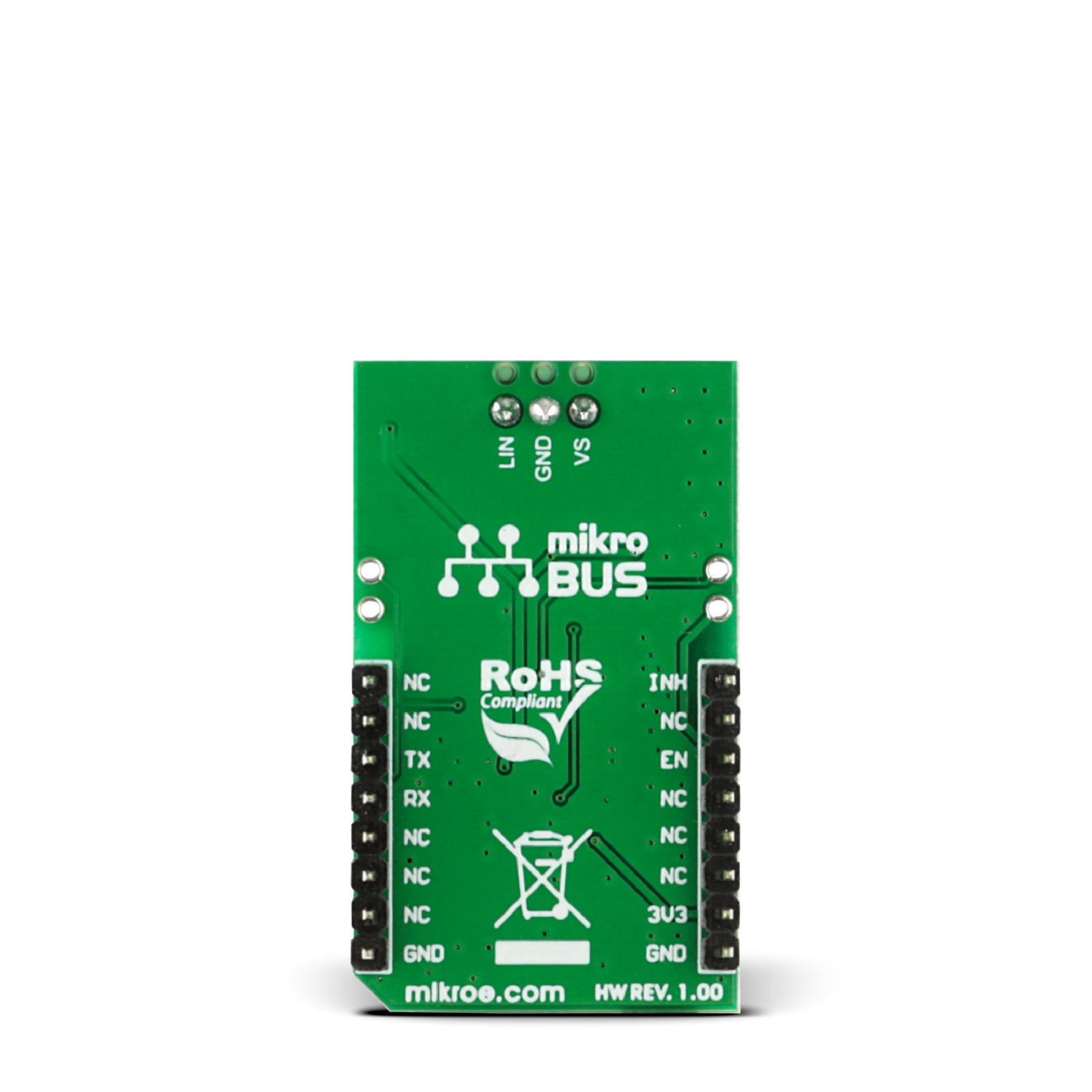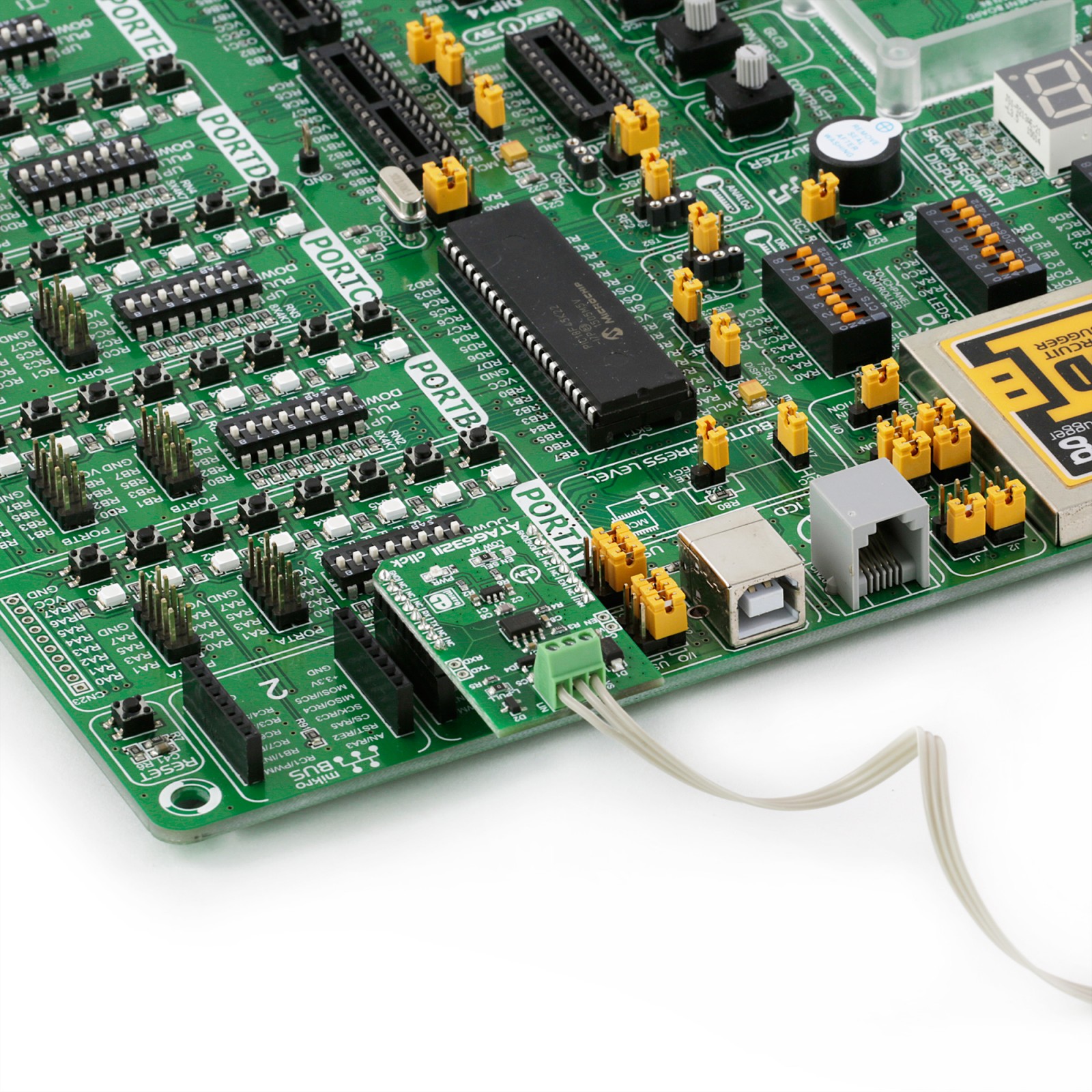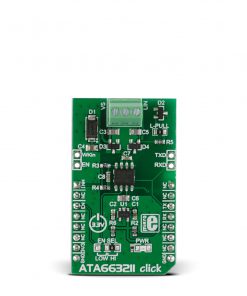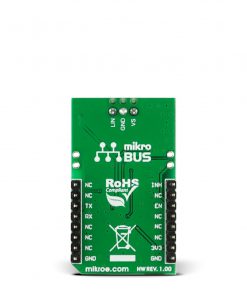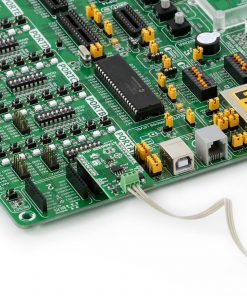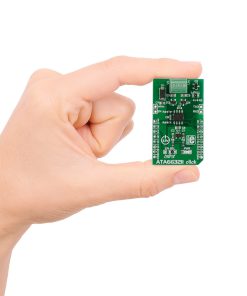-
×
 GPS Click
1 × R1,100.00
GPS Click
1 × R1,100.00 -
×
 GSM Click
2 × R1,100.00
GSM Click
2 × R1,100.00 -
×
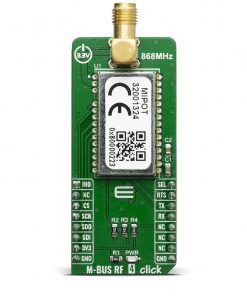 M-BUS RF 4 Click
1 × R1,100.00
M-BUS RF 4 Click
1 × R1,100.00 -
×
 tRF Click
1 × R1,100.00
tRF Click
1 × R1,100.00 -
×
 microSD Click
1 × R360.00
microSD Click
1 × R360.00 -
×
 MPU 9DOF Click
1 × R555.00
MPU 9DOF Click
1 × R555.00 -
×
 BEE Click
1 × R810.00
BEE Click
1 × R810.00 -
×
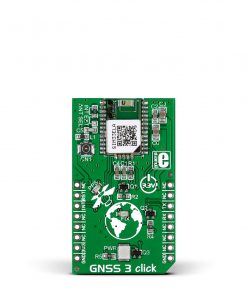 GNSS 3 Click
1 × R515.00
GNSS 3 Click
1 × R515.00 -
×
 DIGI POT Click
1 × R380.00
DIGI POT Click
1 × R380.00
Subtotal: R8,120.00


